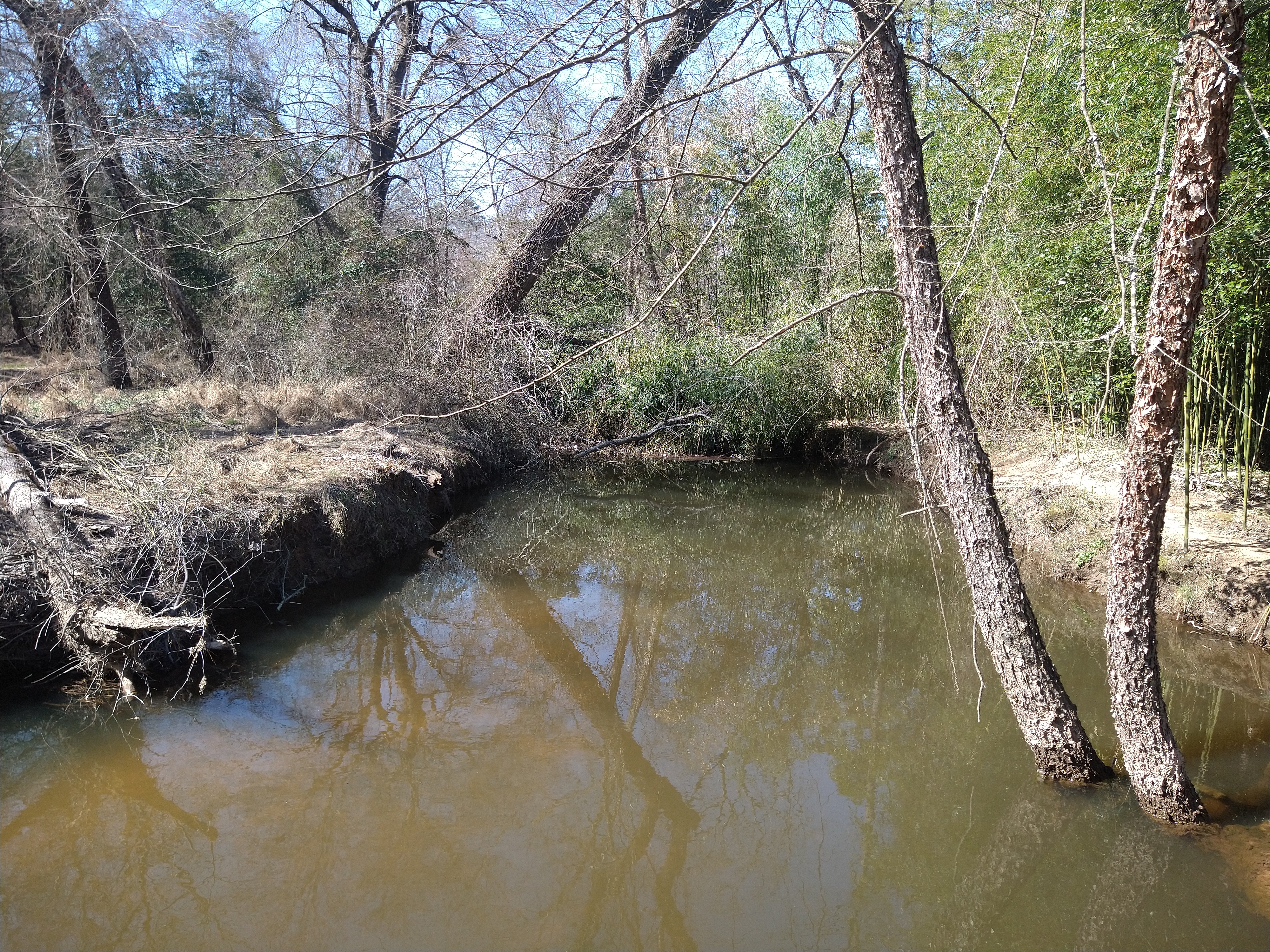Stream Expert: Stream Restoration Works, Sort Of

By Matt Liptak
Stream restoration projects are funded, executed, and praised all over the Chesapeake watershed—but how big of an impact are they making, really, in restoring the health of the Bay?
University of Maryland Center for Environmental Science associate research professor Solange Filoso has been keeping a close eye on the rivers and streams of the Chesapeake Bay watershed. She keeps an even closer eye on the restoration projects intended to improve the waterways and subsequently keep pollution out of the Bay and improve habitat for wildlife.
Filoso says that the ongoing restoration work of Chesapeake Bay watershed streams has proven to be effective in reducing the level of pollutants entering the Bay. She’s now investigating just how much benefit these heralded projects have.
The scientist has been studying and regularly sampling water at 10 stream sites in the Severn, Magothy, Rock Creek, Anacostia and Patuxent watersheds, during both normal flow and stormwater conditions. Some of the waterways include Cabin Branch, Church Creek, Red Hill Branch and Park Drive.
One thing Filoso and her colleagues have discovered is that over 50 percent of the discharge of water from these watersheds that goes into the Chesapeake Bay occurs during storm periods. Stormwater has a disproportionately high discharge impact on the Bay in in comparison to number of days of fair weather, normal-flow days.
“For stormwater flow, we saw substantial decreases {of pollutants}, especially for suspended solids,” Filoso explained during a seminar for the Chesapeake Biological Labs’ Science for Citizens series last month, a topic she’s continuously been working on for decades. “Stream restoration is highly effective [during stormwater conditions],” she says. “All the channels reduced loads for nitrogen, some better than others, up to 60 percent.”
But the same can’t be said of normal water flow periods. At those times concentrations of phosphorous and sediments either didn’t decrease, or actually increased, Filoso said.
“The streams that performed well were all first-order channels [originating water bodies] in the top of the watershed,” Filoso said. “The location of the stream in the watershed seemed to be relevant to performance.”
Research has also found that the more impervious the watershed, the less pollution reduction there was. “In some cases, there was actually an increase in pollutant loads,” Filoso noted.
While pollution reduction is a main focus of stream restoration, the scientist said, until recently, research funding hasn’t been available to study how much impact restoration is having on the overall biological health of stream ecosystems. Scientists are still determining which methods and designs do benefit wildlife the most.
“Are fish populations coming back with restoration?” Filoso questions. “Is the diversity of the fish population better?”
From the research Filoso presented, one type of stream restoration method she has studied most intensively—regenerative stream conveyance, which involves an open-water channel flowing over a series of shallows pools—leads to lower dissolved oxygen levels in the water, generally not a sign of a healthy stream. But other restoration designs don’t suffer from this problem.
Filoso noted that while pollution in the Bay has been reduced in recent years, the sources of that pollution remain problematic and may not be being adequately addressed.
“It’s very important that we monitor changes for a long time, “Filoso said. “I think a lot of governments do stream restoration in hopes they won’t have to do anything else. Stream restoration is helping the Bay, but not necessarily the streams. We need to pay more attention to streams and trade-offs.”
